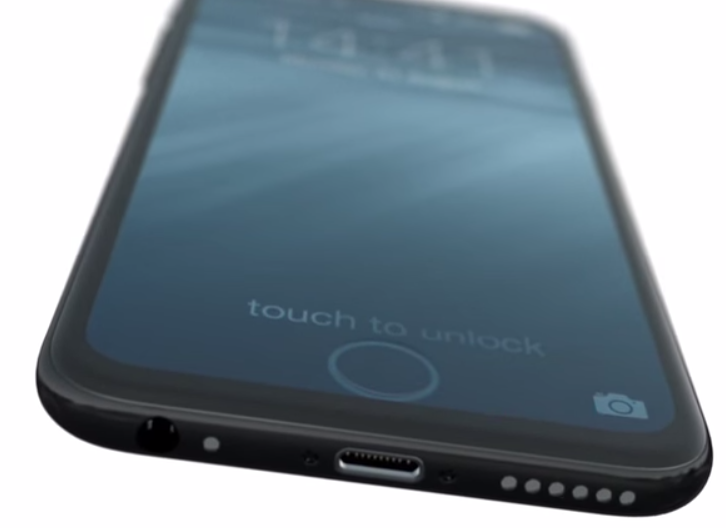Apple could eliminate the home button in future iOS devices
According to reports from CNN this week, Apple’s rumored plans of embedding Touch-ID directly beneath its products’ touch screens, have indeed a solid foundation.
Between 2012 and 2014, Apple has been in talks with Charlottesville VA tech company Privaris, which specializes in implementing biometric security within touch displays. During that period, Privaris has reportedly sold 26 patents, from its 31 patents portfolio, to Apple, all of which granting the rights to manufacture and implement fingerprint readers into touchscreens.

What will future iPad and iPhone devices look like?
Apple is known to acquire new patents and tech, sometimes overtly, and often times more discreetly, but in neither cases the tech giant is guaranteed to use the technology. This is very much part of the fascination with Apple, a company known to surprise consumers with products often ahead of the curve.
If Apple indeed plans on using the technology acquired from Privaris, iOS devices will be the first to benefit from some very interesting features, such as more real estate available to the touch screen, allowing iPhone and iPad devices to be covered entirely by the display, perhaps going as far as eliminating the surrounding frame altogether, which would translate into increased screen resolution, without an increase in the size of the device itself.
The iPad Pro is still expected to be announced, possibly this October, and sources have been hinting to the possibility of a number of technologies never-before-seen in the Apple iPad, such as a stylus, and the finally confirmed, split-screen feature in iOS 9. It wouldn’t surprise us that the reason for Apple’s delay on the oversized iPad is mostly due to the implementation of technology that could surprise consumers, at least as much as the company did with the 12 inch MacBook Retina, and its single USB-C port.
Touch-ID embedded in the iPad Pro’s display would definitely bring value to the entire iPad line, offering a feature that, at least for now, no other tablet on the market is able to offer.
Business applications
Embedding the Touch-ID into the screen would also allow shopping apps and shopping websites, to enable Apple Pay’s fingerprint recognition capabilities, directly into the graphical user interface, where “Buy Now” buttons in forms, granted their support of Touch-ID, will allow users to instantly process transactions, without filling up forms, in the same way as they would in a physical store.
Life after the Home Button
If Apple is really planning on doing away with the Home Button, chances are that a power button on the side of the frame could be used to fill the gap, however, some say that the company could go another way entirely.
Touch-ID itself could be used to turn on the device’s screen, and even provide for automatic unlocking when the right fingerprint is recognized.
Another way could be to use the built-in accelerometers, in a similar way as the Apple Watch display turns on, when a certain wrist motion is detected. Siri is also a possibility, although, considering the nature of voice activation, it will be most likely an on-demand feature.
Finally, one of the most plausible hypothesis could be the use of the FaceTime camera, which would activate the screen as soon as a generic face is detected, and possibly unlock the device when the owner’s face is recognized.